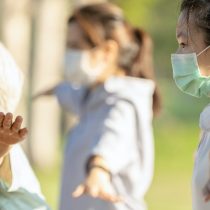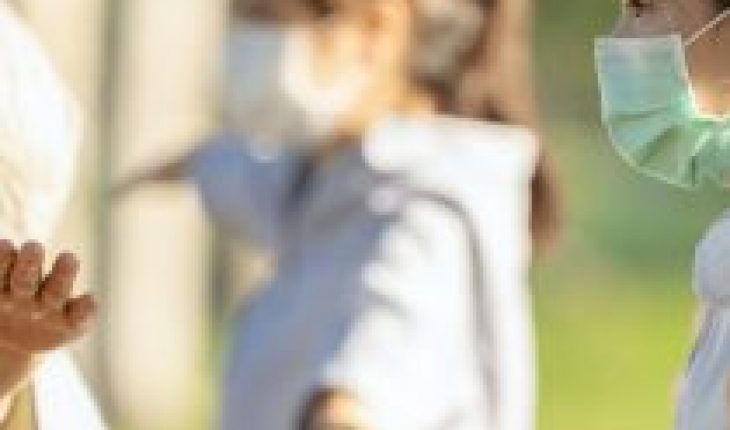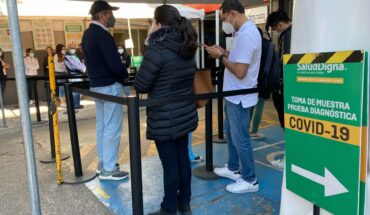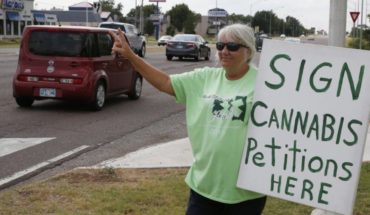
With the one that is falling, it is natural that the covid-19 and its serious consequences are on everyone’s mouth. Today more than ever, however, it’s good for us to remember that physical inactivity and sedentary lifestyles have also been doing their own for a long time.
The World Health Organization (WHO) itself has recognized that lack of physical activity is an important risk factor for increasing the number of people who are sick and mortality prematurely. In fact, 2020 estimates indicated that not meeting physical activity recommendations is responsible worldwide for more than 5 million deaths each year. Pandemic dimensions, no doubt.
Recently, a data-based study of more than one million people indicated that if the practice of physical activity were sufficient – equivalent to 60-75 minutes per day of moderate-intensity physical activity – it would serve to counteract the increased risk of mortality involved in sitting for more than four hours a day.
Do not forget that sitting for a long time is a dangerous practice and not healthy, especially if combined with little practice of physical activity. In fact, this combination increases the risk of mortality the same as tobacco or obesity.
However, despite evidence, only 18% of adults age 65 to 74 and 15% of those over the age of 75 meet the minimum cardiovascular and muscle strength exercise standards established by WHO. That is, do more than 150 minutes of moderate-vigorous aerobic physical activity per week and muscle-strengthening exercises at least 2 times a week.
What’s more, even if they did, it would also be insufficient. Because these levels of physical activity can attenuate but not eliminate the risk associated with watching TV more than 3 hours a day.
Physical inactivity and sedentary lifestyles, two old known public health issues
In older people, if physical inactivity is combined with a sedentary lifestyle, muscle mass and physical function are reduced. As a result, the ability to carry out daily activities increases, increases the risk of falls and loses independence and quality of life. In addition, sedentary life also worsens chronic health problems, including hypertension, cardio-vascular and brain-vascular diseases, diabetes, depression and dementia.
It’s not to take it as a joke. Staying immobilized for periods as short as 5 days, even in young people, reduces muscle mass by up to 4%, 9% strength and up to 10% of our cardiovascular capacity. If you stayed in the hospital, only three weeks of absolute rest would be similar to a deterioration in functional capacity equivalent to 30 years of aging.
To top it off, it has been shown how it is sufficient to reduce the number of daily steps over 14 days to increase the risk of future metabolic disease and insulin resistance, typical of type II diabetes and obesity. It is confirmed that we are designed to move. And that, if we don’t, the burden of disease and mortality soar exponentially.
Despite the great advances in science, at the moment there are no drugs that can improve physical capacity in older people. It doesn’t even seem likely to develop in the immediate future. The only “vaccine” we have is physical exercise. With the advantage that it is cheap, effective and safe and there is no supply problem or queues or shifts: everyone could start taking it right now.
Confined and inactive
Globally, SARS-CoV-2 has had a major impact on the usual practice of physical activity. In the specific case of Spain, it was the European country that reduced the number of daily steps of the population – 38% less – during the first weeks of confinement. Less practice of physical activity than was already considered insufficient.
In the time we are touching to live, we must maintain the highest possible levels of physical activity. Among other things because, in case of illness or even hospitalization, the functional capacity that we have will act as a real life insurance to face more successfully the disease itself or the side effects of the aggressive pharmacological treatments that may prescribe us. In other words, the better we are at the time of getting sick, the more likely we are to overcome the diseaseGive it to me.
Walking isn’t enough
Physical exercise improves physical function and quality of life. But it also reduces the burden of noncommunicable diseases and premature overall mortality, including death from specific causes from cardiovascular disease, cancer and chronic diseases of the lower respiratory tract. And while it’s better than nothing, walking isn’t enough.
In 2020, the World Health Organization published the new guidelines on physical activity and sedentary behavior in which it strongly recommended the practice of moderate or intense multi-component physical activity three or more days a week. This includes performing exercises to improve cardiovascular endurance (such as walking) with strength training and balance.
From the Public University of Navarra we have launched a multi-component program of individualized physical exercise for the prevention of fragility and the risk of falls called VIVIFRAIL. It includes walking exercises for cardiovascular endurance training, as well as moving moderate weights to increase limb strength, as well as balance and mobility exercises.
It has been shown that, implemented in over 70 years, the VIVIFRAIL programme meets its objective of combating fragility (low body mass, strength, mobility, level of physical activity, energy). Or what is the same, it optimizes and prevents the loss of functional capacity during aging.
As if that were not enough, in acute hospitalized patients, supervised exercise interventions based on the VIVIFRAIL methodology have also been shown to be safe and effective in mitigating functional impairment and even preventing cognitive decline.
Example of VIVIFRAIL multi-component program physical exercise wheel for robust people. Download for free https://vivifrail.com/es/documentacion/
The importance of prescribing exercise
Is it ethical not to prescribe physical exercise? Despite everything mentioned so far, exercise has not yet been fully integrated into the usual practice of primary or geriatric medicine. More importantly, it is virtually absent from the basic training of most doctors and other healthcare professionals. However, doctors should be the first “physical exercise prescribers,” and medical faculties should teach that skeletal muscle remains a plastic and adaptable tissue throughout human life.
As for physical educators, they should play a more active role in the direction, supervision and evaluation of exercise practice in people of any age who have a health problem, those with functional diversity or with different abilities, especially in the health environment.
On the other hand, we should not forget a message as simple as it is important: exercise is not just for children and young adults. Older people can adapt to exercise and deserve to benefit from it. It’s never too late – and you’re never too old – to get your muscles.
What seems indisputable is that more research is needed on exercise interventions for older adults, the “forgotten big ones” in medical studies. Especially to clear doubts about the safety, efficacy and variability inherent among people in response to exercise.
Understanding this variability is essential to identify the best treatment method (simple exercises or multi-component exercises) and decide the intensity (low, moderate or high intensity resistance exercises). The global idea that “exercise is medicine” is true. But just as not all drugs cure cancer, neither do all types of exercise (cardiovascular, strength training, balance) have the same effects on disease and functional ability.
Either way, physical activity should be regarded, with and without pandemics, as an essential activity with an impact on public health. This should be one of the major challenges of public health and health policies in the coming years.
Mikel Izquierdo, Professor and Director of the Department of Health Sciences, Universidad Pública de Navarra
This article was originally published in The Conversation. Read the original.





